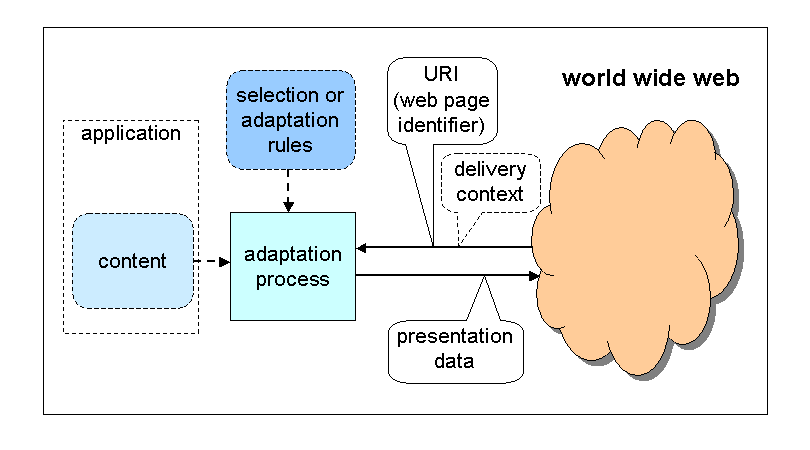Objectives
- The World Wide Web Consortium
- Overview
- "One Web" Vision
- W3C's Mobile Web Initiative
- Mobile Web Challenges
- W3C's Response
- Future Work and Implications
- Discussion: Opportunities for working together
Mission: Leading the Web to its Full Potential
Founded by Web inventor Tim Berners-Lee in 1994, W3C
is:
- Providing the Vision to Lead.
- Engineering the Standards that Make the Web Work.
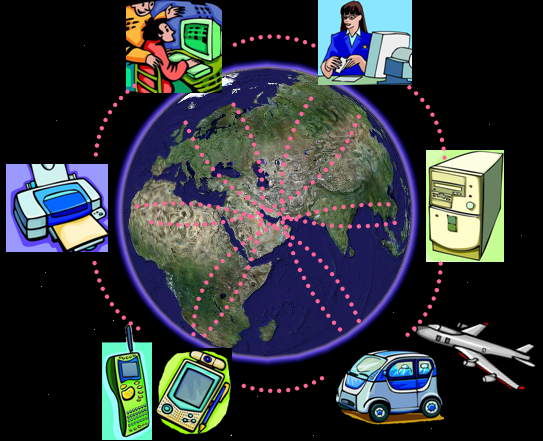 |
- From a Web of Documents ...
- ... toward One Web:
- of Data and Services
- on Everything
- for Everyone
- ... that is Interoperable, Trustworthy, Evolving with time
...

|
(Membership / Benefits
/ New "At a Glance"
brochure)
International Leadership and Cooperation
Expanding base of the world's leading technology organizations
and technologists
- Driven by 400 W3C Members (history map, below), including most of
the world's leading IT providers and many major IT users
- "Third-class companies make products; second-class companies
develop technology; first-class companies set standards." *
- Some overlap, but not much, between CTIA/WIC/LC and W3C [1, 2]
- 65 Member-neutral Technical
Staff (map)
- 40 Liaisons with other
international standards bodies
- Accountable to the Global Public

W3C Membership by Country (Mar
2006)
* popular
saying in Chinese business and government, from China’s Post-WTO Technology Policy: Standards,
Software and the Changing Nature of Techno-Nationalism, by Richard P. Suttmeier and Yao
Xiangkui.
Vision: Web on Everything
One Web ...
... where Web technologies provide the means of accessing and interacting
with content via all devices, including computing, communications,
entertainment, embedded, personal, home, transportation, industrial, health
care, etc. systems
... worldwide.
Why Does this Make Sense?
- Web model has proved popular, useful, comfortably familiar
- Large and increasing volume of communication and commerce over the
Web
- In US, "... the average online consumer spends 14 hours a week
online, which is the same amount of time they watch TV" (JupiterResearch,
Jan 2006)
- Users want to access data and services on more than just computers
- Content providers want to author data and services only once
- Web technologies are rich and adaptable enough
Why Mobile Devices Should be the Next "Thing"
- In 2005, 1.1 Billion handsets -- 63% of global total - were Web-capable
(Source: Informa)

(Source: Steven Pemberton)
Underachieving Today. Hope for Tomorrow.
- Low Data Average Revenue Per User :
- 50% of Web-capable phones are *not* configured to access the
Web
- 24% have tried only once to access a Web site
- There is hope - when the user experience is good, consistent,
etc.
- Nokia Study: 400+ users in UK, Germany, Singapore (advanced
countries)
- Browsing accounts for 63% of data traffic
|
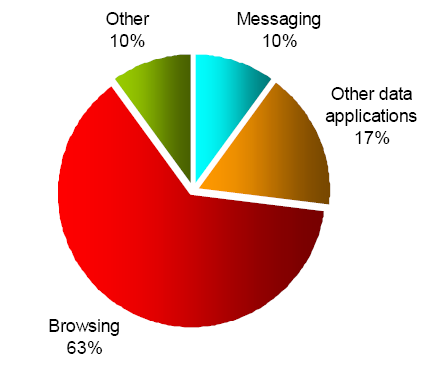 |
(Source: Esa Eerola (2005) Nokia, "How Consumers Really Use
Smartphones", MAPOS
05, Vienna)
Mobile Web is Expensive for Content Providers, Today
- Phones/browsers/operators require custom Web authoring for acceptable
usability
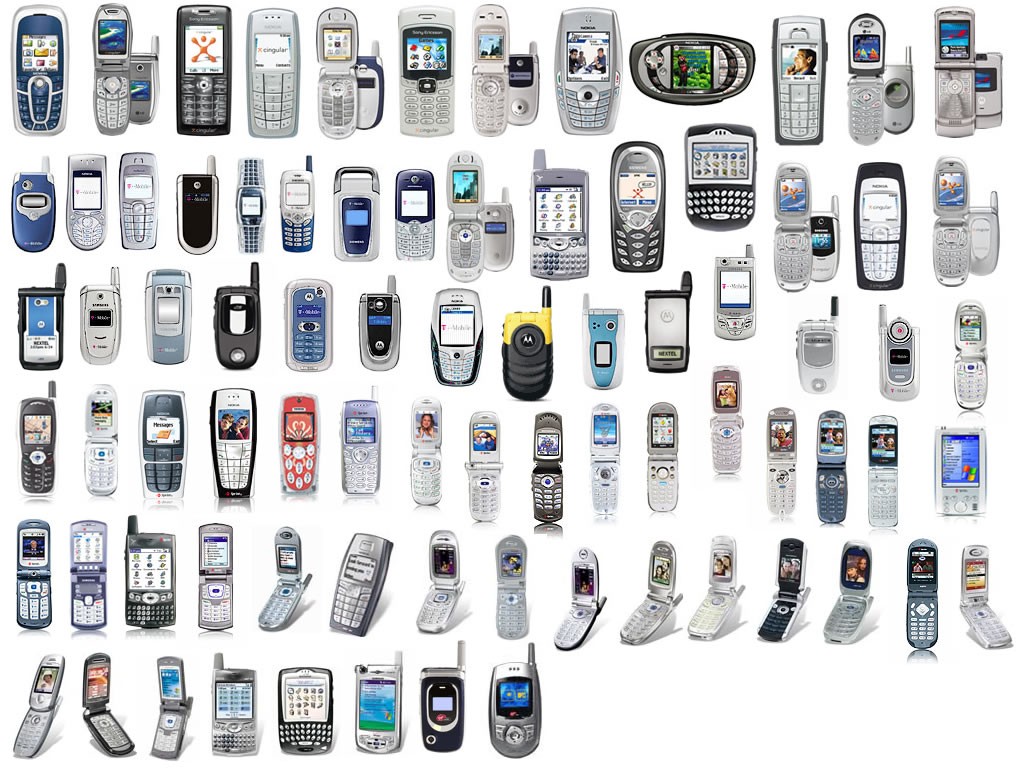
(Source: RusselBeattie.com)
... Even in Unexpected Places
- Different URIs needed to access automobile service association in
Japan.
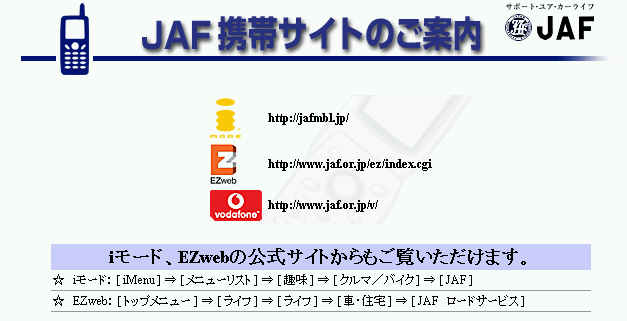
Solution for Web Mobility?

... We can probably do better than this :-)
Goal of W3C's Mobile Web Initiative
Make access to the Web on mobile devices as -
- seamless
- reliable
- cost-effective
- useful
- as desktop / laptop Web access
One Web
- ... unfragmented by devices, browsers, operators, content providers
...

Birth of the MWI
- W3C MWI Workshop (Barcelona 18-19 Nov 2004)
- Output : Things that are missing ...
- ... interoperability / agreement on the global framework
- ... guidelines and best practices for content authors
- ... a reliable way to find device information
- ... a reliable way to find mobile-accessible sites
(discovery)
- Mobile Web Initiative was launched on 11 May 2005
- Initial focus: Support for authoring of adaptable
content
Leadership
- Group Participants
- Sponsors plus: AOL, AT&T, BBC, Boeing, CDAC, ETRI, El
Mundo, Fondation CTIC, Fondation ONCE, GoDaddy, Google, HTML
Writers Guild, Indus Net Technologies, ICRA, Openwave, Royal
National Institute for the Blind, T-Online, Telefonica,
University of Helsinki, WURFL Team ... with others expressing
interest.
|

.
.
|
|
|
Focus on Content Fosters Benefits Elsewhere

Best Practices Working Group
 |
- Mobile Web Best Practices 1.0 (latest draft)
- Guidelines for authoring content for good user experience,
through effective delivery to and display on mobile
devices.
- Leveraging existing Web standards
- XHTML, CSS, SVG, XForms, SMIL, etc.
- Among input, guidelines from existing
sources (Nokia, DoCoMo, Openwave, Opera, WCAG, etc.)
- Techniques document under development
- Practical methods to implement Best Practices
- "mobileOK" trustmark under discussion
- ... for Web sites that satisfy Best Practices and provide
good user experience
|
Best Practices Guidelines Focus on Usability
- 5 Key areas
- Overall behavior
- Navigation and links
- Page content and layout
- Page definition
- User input
- Sample of Best Practices from Last Call Working Draft
- Thematic consistency/One Web
- No table for layout, no spacers-GIFs, no frames
- Screen estate constraints: small top navigation, avoid large
graphics
- Provide informative error messages
- Scrolling should be in one direction
- etc.
Device Description Working Group
 |
- Adaptation of content requires knowledge of the device
characteristics
- Group is
- "Landscape" document: Survey of existing technology
- "Ecosystem" document: Understand who does what and why
- Identifying requirements for open device information
repositories
|
Liaising with Other Efforts and the Public
Possible Next Steps in MWI
- Test suites
- Multimodal
- Framework/profile of Web technologies
- Validation services
- Training
- Discovery
- etc.
Discussion
- Explore interest in CTIA and its Members to work more closely with W3C
- Additional meetings and discussion?
- Review work and forward requirements, comments?
- Participate directly?















